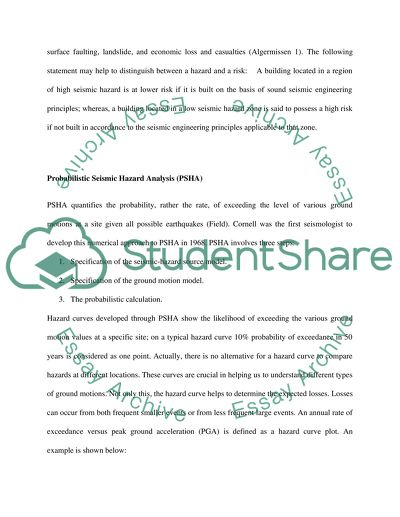Cite this document
(“Seismic Hazards In the Region of Japan and Indonesia Essay”, n.d.)
Retrieved from https://studentshare.org/environmental-studies/1418346-a-comparative-investigation-of-seismic-hazards-in-the-region-of-japan-and-indonesia
Retrieved from https://studentshare.org/environmental-studies/1418346-a-comparative-investigation-of-seismic-hazards-in-the-region-of-japan-and-indonesia
(Seismic Hazards In the Region of Japan and Indonesia Essay)
https://studentshare.org/environmental-studies/1418346-a-comparative-investigation-of-seismic-hazards-in-the-region-of-japan-and-indonesia.
https://studentshare.org/environmental-studies/1418346-a-comparative-investigation-of-seismic-hazards-in-the-region-of-japan-and-indonesia.
“Seismic Hazards In the Region of Japan and Indonesia Essay”, n.d. https://studentshare.org/environmental-studies/1418346-a-comparative-investigation-of-seismic-hazards-in-the-region-of-japan-and-indonesia.


